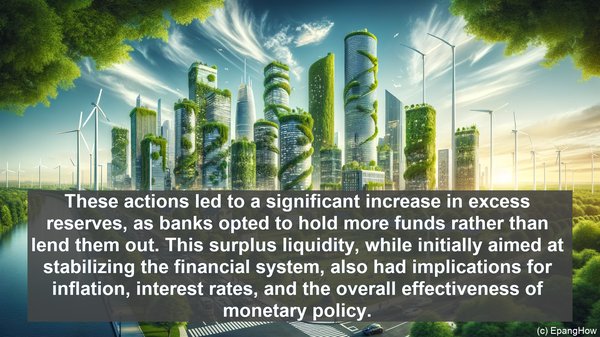Introduction: The Backbone of Banking
Hello, everyone! Welcome to our article on the intriguing topic of excess reserves and required reserves. Reserves are the lifeblood of the banking system, ensuring its stability and functionality. But what exactly sets excess reserves and required reserves apart? Let’s find out!
Required Reserves: The Essential Foundation
Required reserves are the minimum amount of funds that banks must hold, as mandated by the central bank. These reserves serve as a safety net, ensuring that banks can meet the demands of their depositors. The central bank determines the required reserve ratio, which is a percentage of a bank’s total deposits. For instance, if the reserve ratio is 10%, a bank with $100 million in deposits must hold $10 million as required reserves. These reserves are typically held in the form of cash or deposits with the central bank.

Excess Reserves: The Surplus Stash
Excess reserves, as the name suggests, go beyond the required reserves. They represent the additional funds that banks hold voluntarily. While required reserves are a regulatory necessity, banks maintain excess reserves for various reasons. One key motive is to have a buffer for unexpected events, such as a sudden surge in withdrawals or a financial crisis. Excess reserves also provide banks with the flexibility to extend loans and credit, contributing to the overall liquidity of the banking system.
The Significance of Excess Reserves
Excess reserves play a vital role in the functioning of the monetary system. During times of economic uncertainty or financial stress, banks with excess reserves can lend to other banks that may be facing liquidity challenges. This interbank lending helps maintain the stability of the financial system. Moreover, excess reserves can also influence the effectiveness of monetary policy. By adjusting the level of excess reserves in the banking system, the central bank can impact interest rates, credit availability, and ultimately, economic activity.
The Changing Landscape: Excess Reserves in the Post-Financial Crisis Era
The global financial crisis of 2008 had a profound impact on the banking landscape, including the dynamics of excess reserves. In response to the crisis, central banks implemented various measures to inject liquidity into the system. These actions led to a significant increase in excess reserves, as banks opted to hold more funds rather than lend them out. This surplus liquidity, while initially aimed at stabilizing the financial system, also had implications for inflation, interest rates, and the overall effectiveness of monetary policy.

